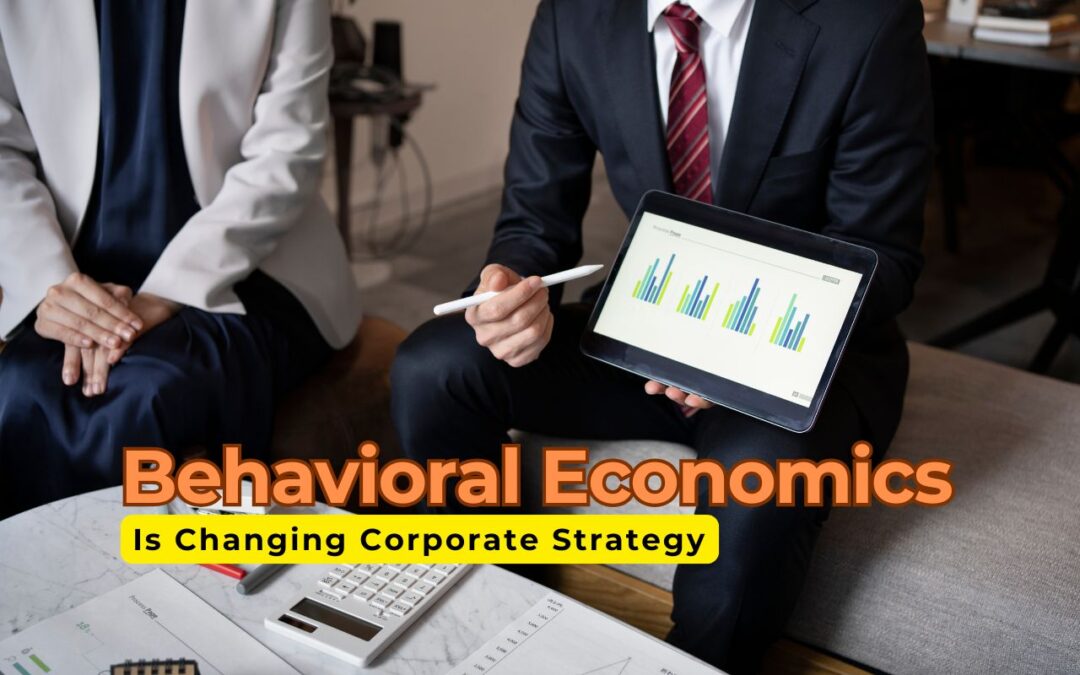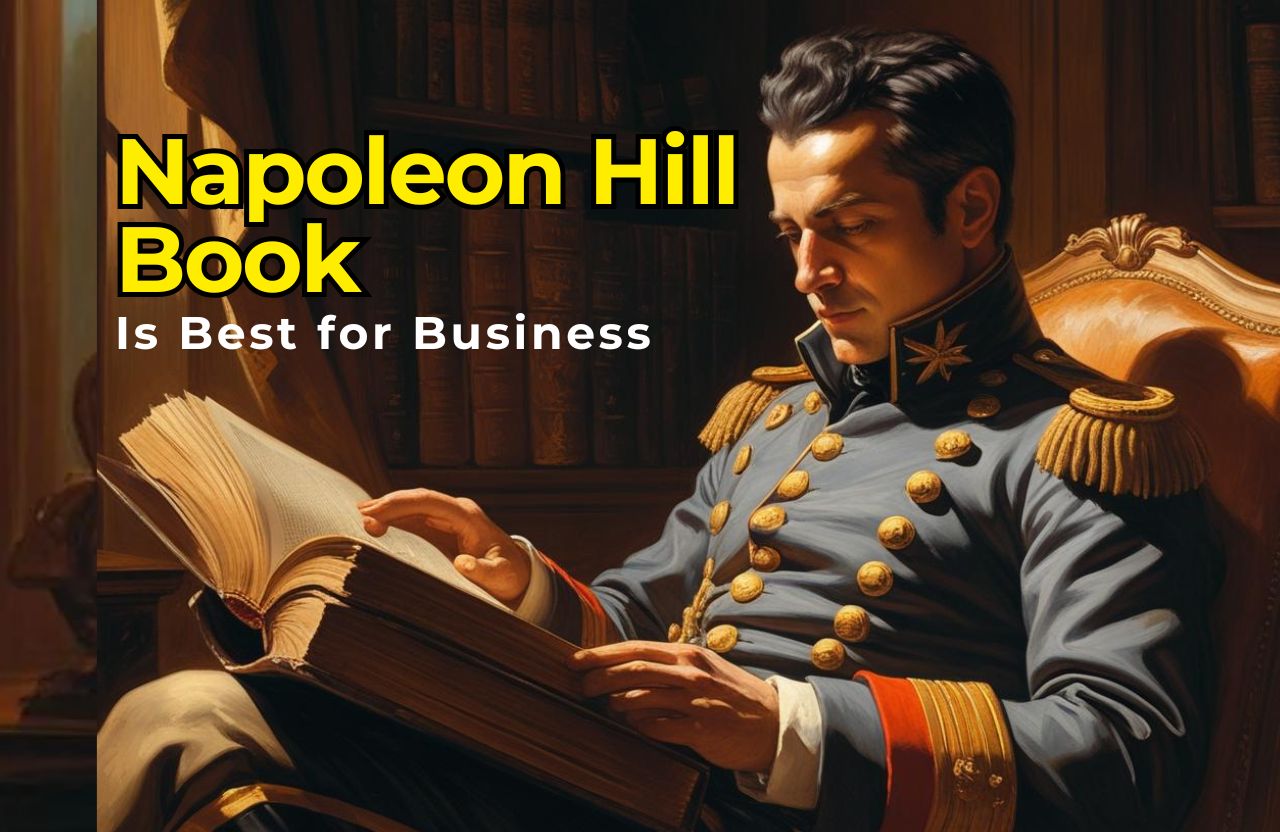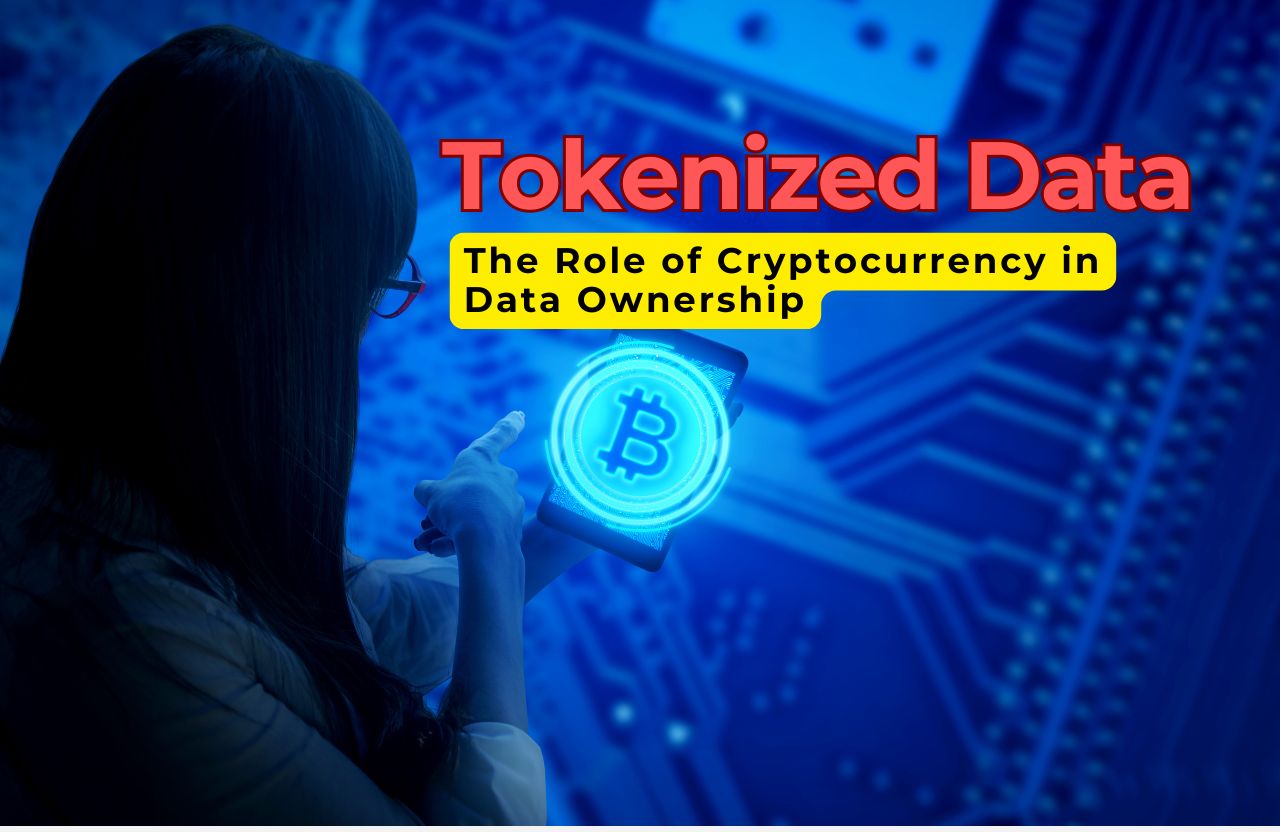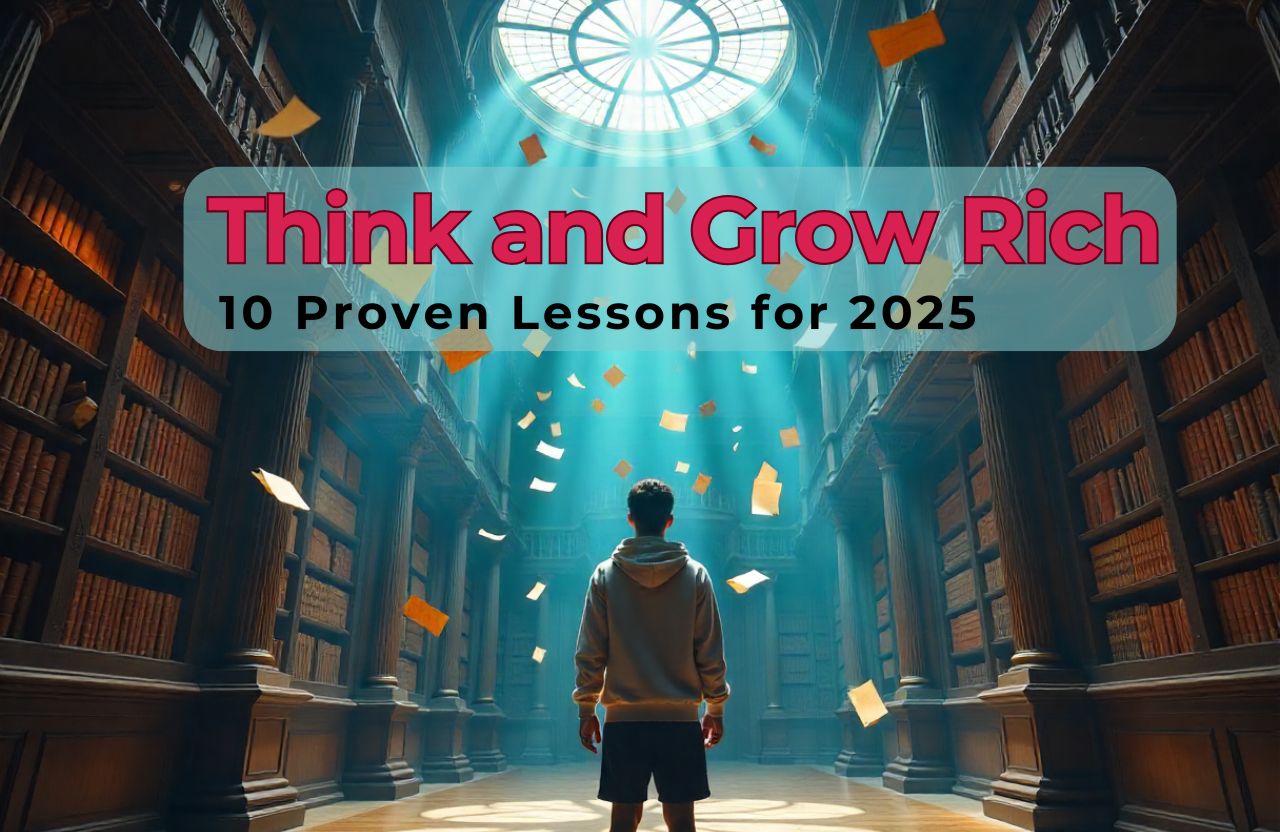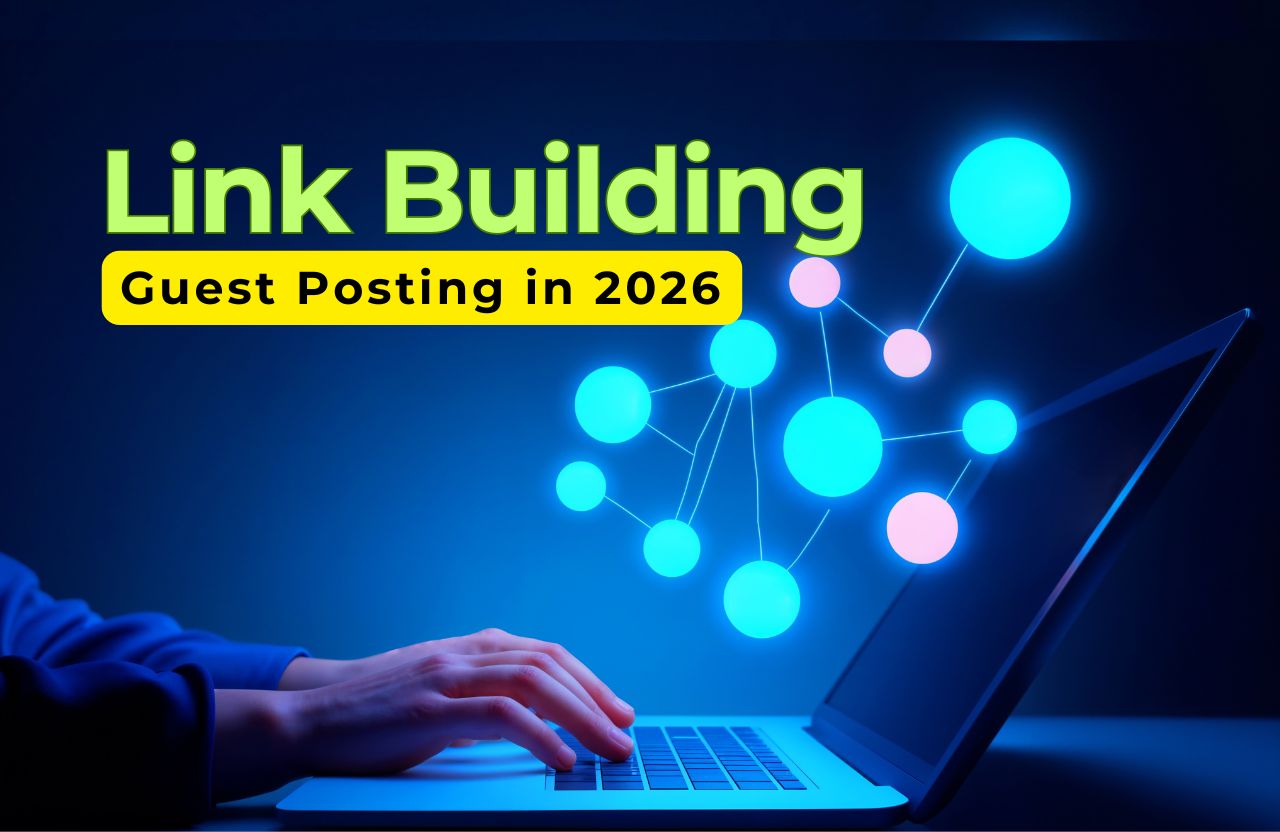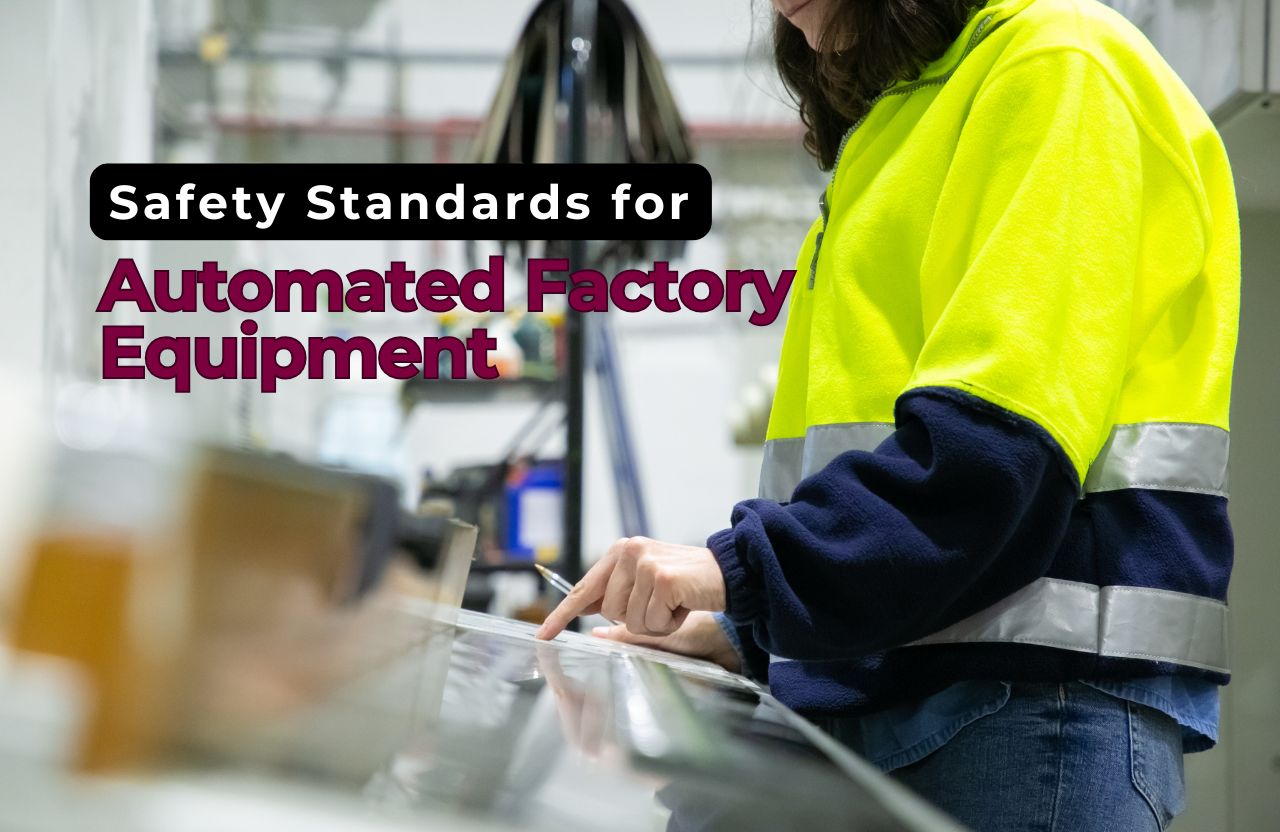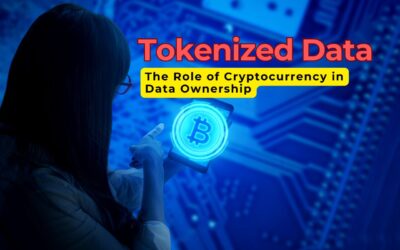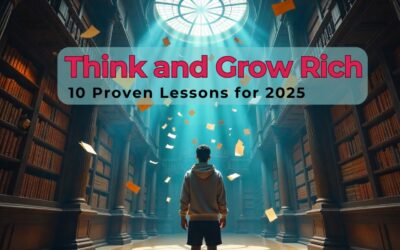In today’s rapidly evolving business environment, understanding the motivations, biases, and behaviors of stakeholders has become essential for crafting effective strategies. Traditional economic theories that assume rational decision-making often fall short in real-world scenarios. Enter behavioral economics — a powerful discipline that merges insights from psychology and economics to better understand how people actually behave.
By incorporating behavioral economics into corporate strategy, businesses are unlocking new levels of performance, customer engagement, and internal efficiency. This blog explores how behavioral economics is reshaping the strategic playbook of modern companies and highlights real-world examples that demonstrate its transformative power.
What Is Behavioral Economics?
Behavioral economics is a field that studies the psychological, emotional, and cognitive influences on economic decision-making. It challenges the classical economic notion that individuals are always rational and self-interested actors who make decisions based purely on logical reasoning and available information.
Instead, behavioral economics recognizes that decisions are often:
- Influenced by biases and heuristics (mental shortcuts)
- Emotion-driven rather than logic-driven
- Impacted by how choices are presented (framing effect)
- Shaped by social influences and habits
Some of the most common behavioral principles include:
- Loss Aversion: People feel the pain of losing more than they enjoy the pleasure of gaining.
- Anchoring: Initial information serves as a reference point for future decisions.
- Status Quo Bias: Preference for things to remain the same.
- Overconfidence: Overestimating one’s own abilities or outcomes.
- Nudging: Subtle policy shifts that steer people toward beneficial behaviors without restricting freedom of choice.
Why It Matters: Behavioral Economics and Business Strategy
Behavioral economics is increasingly central to corporate strategy because it enables companies to:
- Predict consumer behavior more accurately
- Design products and services that align with real human needs and impulses
- Boost employee productivity and engagement
- Drive adoption of corporate initiatives like sustainability and digital transformation
Let’s explore key strategic areas where behavioral economics is making a profound impact.
1. Product Development and Pricing Strategy
Understanding how customers evaluate value and make purchase decisions is crucial. Behavioral economics allows businesses to go beyond features and functions and focus on how customers feel about pricing and product design.
Behavioral Pricing Tactics:
- Decoy Effect: Offering a third, less attractive option to make another option look more valuable. Example: A streaming service offers three plans—Basic ($9), Standard ($13), and Premium ($14). The Standard plan becomes the decoy to push customers toward Premium.
- Anchoring: Setting a high initial price to make other prices seem more reasonable. Retailers often use this by showing a crossed-out original price beside the current sale price.
- Bundling: Grouping products together to change the perceived value of individual items.
- Price Framing: Presenting the same price differently: “Only $1 a day” sounds better than “$365 a year.”
Real-World Example:
- Apple: Masterfully uses anchoring and decoy pricing in its iPhone product line. The presence of a high-priced Pro Max model makes the standard Pro model look more affordable and desirable.
- Uber: Uses behavioral cues to suggest tipping amounts and surge pricing to influence customer behavior and expectations.
2. Marketing and Consumer Engagement
Marketing has embraced behavioral insights to design more effective campaigns. Consumers are not just rational decision-makers; they’re emotional and social beings who respond to cues, language, and peer influence.
Key Behavioral Strategies in Marketing:
- Social Proof: Using testimonials, reviews, or showing how many people have made the same choice. Example: “Over 1 million users love our product!”
- Scarcity and Urgency: Creating FOMO (Fear of Missing Out) through limited-time offers or low-stock indicators.
- Commitment and Consistency: Once a person makes a small commitment, they are more likely to follow through with larger actions.
- Reciprocity: Giving something away for free to encourage a return favor (like a purchase).
Real-World Examples:
- Booking.com: Shows messages like “Only 2 rooms left” and “Booked 10 times today” to create urgency and social proof.
- Spotify: Uses personalized insights like “Your Top Songs” and curated playlists to create emotional connections and enhance user engagement.
3. Organizational Behavior and Employee Motivation
Behavioral economics is transforming how companies manage internal culture, incentives, and performance.
Applications:
- Nudging Behavior: Small reminders or prompts that encourage employees to complete training, enroll in wellness programs, or contribute to retirement plans.
- Incentive Design: Moving beyond financial rewards to include meaningful incentives such as flexible schedules, recognition, and purpose-driven work.
- Default Options: Automatically enrolling employees in programs with opt-out options increases participation.
Real-World Examples:
- Google: Uses behavioral science to design cafeteria layouts that nudge employees toward healthier food choices without removing unhealthy options.
- UK Civil Service (Nudge Unit): Successfully increased workplace productivity and engagement by applying behavioral interventions like clear goal setting and timely feedback.
4. Customer Retention and Loyalty Programs
Acquiring customers is expensive. Retaining them is far more cost-effective, and behavioral economics offers smart ways to boost loyalty.
Techniques:
- Endowment Effect: Giving users a sense of ownership increases their perceived value of a product.
- Variable Rewards: Gamifying rewards to maintain engagement (like the unpredictability of winning).
- Goal Gradient Hypothesis: People work harder as they get closer to a reward. Loyalty cards with initial progress already filled out increase usage.
Real-World Examples:
- Starbucks Rewards: Leverages gamification and point systems to incentivize frequent purchases.
- Duolingo: Uses streaks, reminders, and badges to keep users learning daily.
5. Sustainability and Social Responsibility
Companies are increasingly using behavioral economics to promote socially responsible behaviors among consumers and employees.
Strategies:
- Green Nudges: Defaulting to environmentally friendly options like paperless billing or plant-based meals.
- Feedback Loops: Showing users their energy consumption compared to neighbors to reduce usage.
- Social Norms: Highlighting what most people are doing encourages similar behavior.
Real-World Examples:
- Opower (now part of Oracle): Sent utility customers energy reports showing how their energy use compared to neighbors, leading to significant reductions in energy consumption.
- IKEA: Promotes sustainable living by displaying signs that show how customers can reduce their carbon footprint through product choices.
6. Financial Decision-Making and Risk Management
Behavioral economics is crucial in helping individuals and organizations make better financial decisions.
Concepts:
- Mental Accounting: People treat money differently based on its source or intended use.
- Default Savings Plans: Automatically enrolling employees in 401(k) plans increases savings rates.
- Loss Aversion in Investment: Understanding that people are more motivated to avoid losses than to achieve gains can shape investor communications.
Real-World Examples:
- Acorns App: Uses behavioral finance to round up purchases and invest the spare change, nudging people to save.
- Betterment: Uses behaviorally informed nudges and risk-framing tools to guide investor behavior.
7. User Experience (UX) and Interface Design
Behavioral economics enhances user experience by making platforms more intuitive and engaging.
Techniques:
- Choice Architecture: Structuring choices in a way that makes it easier for users to make optimal decisions.
- Hick’s Law: Too many choices can lead to decision paralysis.
- Microinteractions: Small animations or feedback that enhance emotional connection with the app or website.
Real-World Examples:
- Facebook: Uses endless scroll and notifications to keep users engaged based on behavioral loops.
- LinkedIn: Encourages profile completeness through progress bars and social comparison.
Final Thoughts: A Strategic Advantage for the Future
Behavioral economics is no longer just an academic discipline — it’s a strategic imperative for any business looking to thrive in the modern age. By understanding the real motivations and tendencies of customers, employees, and stakeholders, companies can make smarter decisions, build stronger relationships, and foster more sustainable growth.
Incorporating behavioral insights can give your organization a competitive edge, whether you’re refining pricing models, designing better customer experiences, or leading cultural change within your workforce.
As data analytics and AI continue to advance, expect behavioral economics to play an even bigger role in shaping predictive models and personalized strategies.
Suggested Action Steps:
- Conduct behavioral audits of current business practices.
- Identify decision points where nudges or behavioral insights can improve outcomes.
- Train teams in behavioral design principles.
- Integrate behavioral metrics into KPIs and performance reviews.
